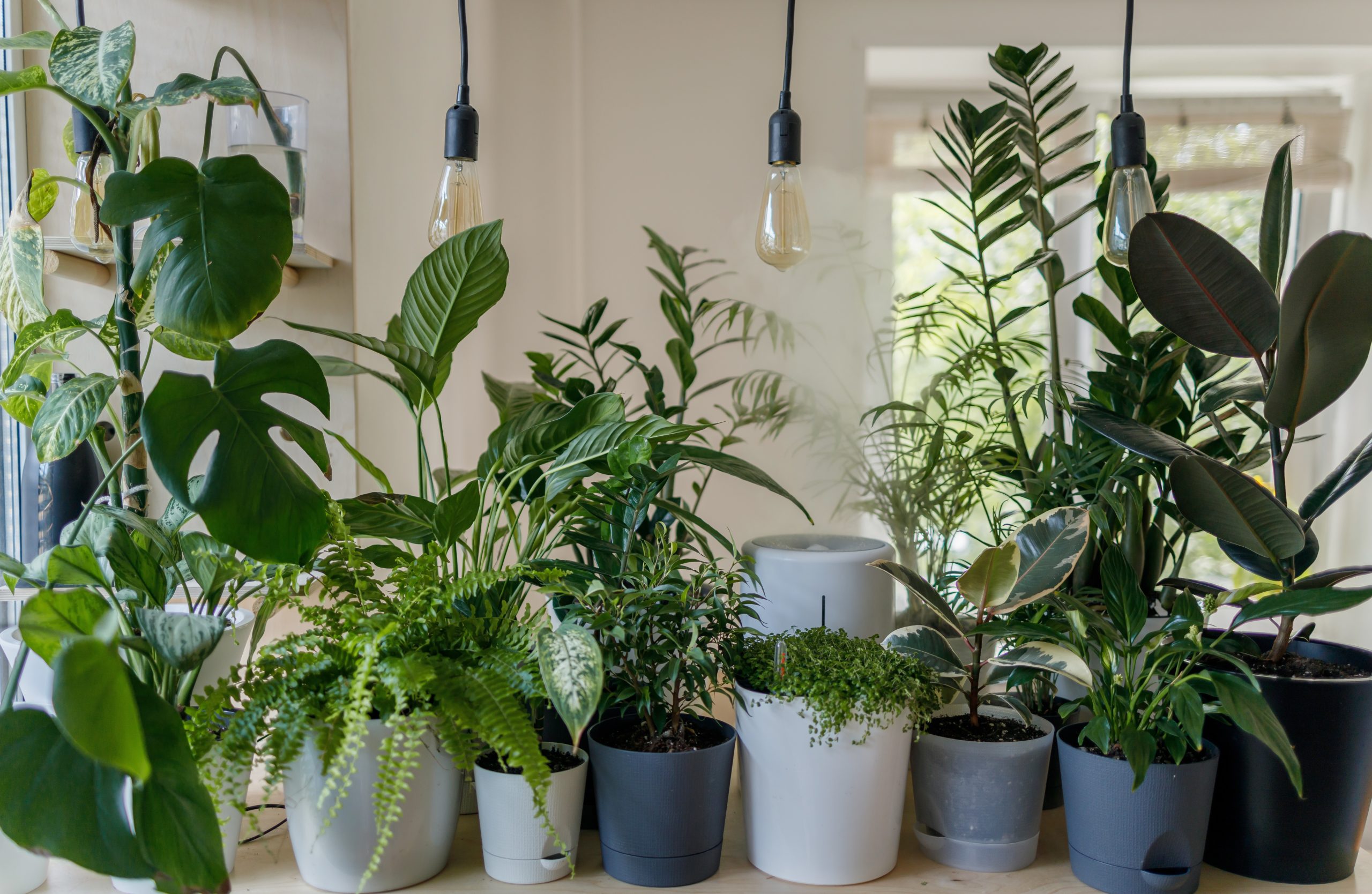Spring is the best time for transplanting indoor flowers, especially since they are probably waiting in the wings for more than a year. So, stock up on the right inventory, soil and pots – and follow our instructions.
Do you need to transplant ?
If you are not one of the lucky ones who understand the language of plants, try to determine the need for a transplant by external signs:
- the plant is cramped in the pot: there is so much greenery that the soil is not visible;
- roots protrude from the drainage hole;
- in the most neglected cases, the plant seems to jump out of the ground, rising on the roots from the pot that has become low for it;
- despite regular feeding, the plant does not increase in growth;
- the plant has been growing for a year (or even two) in the very pot in which you purchased it.
A transplant is also needed if you want the plant to make a big leap in growth.
Mini test
To make sure of your assumptions, carry out the following test: carefully remove the earthy clod along with the plant from the pot (it is best that the clod will come out of the pot if the soil is pre-dried). To do this, hold the plant against the soil, tip the pot upside down in your palm and remove the pot. If the roots completely braided the ground, so that it is practically invisible, then a transplant is inevitable. Otherwise, bring the plant back. This mini test is harmless for the subsequent growth of the flower.
Keep in mind that some flowers do not like space: for example, hippeastrum will bloom only in a cramped pot.
Transplant stages
- Preparing the pot. A used clay pot should be rinsed with warm water, cleaning the walls with a brush. If the pot is new you should soak in water in the evening.
- Close the drain hole. To do this, put shards, pieces of broken brick or a layer of fine expanded clay on the bottom (this porous material perfectly absorbs excess moisture, preventing the roots from rotting).
- Remove the plant by turning the pot upside down and tapping the edges lightly on the table. If necessary, use a knife to separate the earthen ball from the walls. Remove old shards and trim off rotten or dried roots around the edges (unlike “live”, white roots, these are usually yellowish).
- Pour a layer of new earth into the pot and place a lump with the plant on it. Fill the gaps between the sides of the pot and the lump with new earth. Compact the soil with your fingers so that the level of the new soil is level with the base of the stem. To make the earth settle, you can knock on the table with the pot. Add earth if necessary.
- Place the pot on a stand or saucer and water liberally. The plant is now prescribed shade for a week. After that, the flower can be transferred to its usual place.
Replacing the top layer
If a plant is not prescribed a transplant, it grows in a spacious pot and feels great, this does not detract from your share of responsibility to it. All plants, regardless of size and type, need annual replacement of the top layer of the earth. A layer of soil 2 cm thick (for large pots – 5 cm) is carefully removed and new soil is poured in its place.
Now you can be calm about your indoor green spaces – with the arrival of sunny warm days, your flowers will begin to grow vigorously, receiving all the nutrients necessary for this, and the roots will calmly have time to get stronger before the cold season. Mission Possible!






